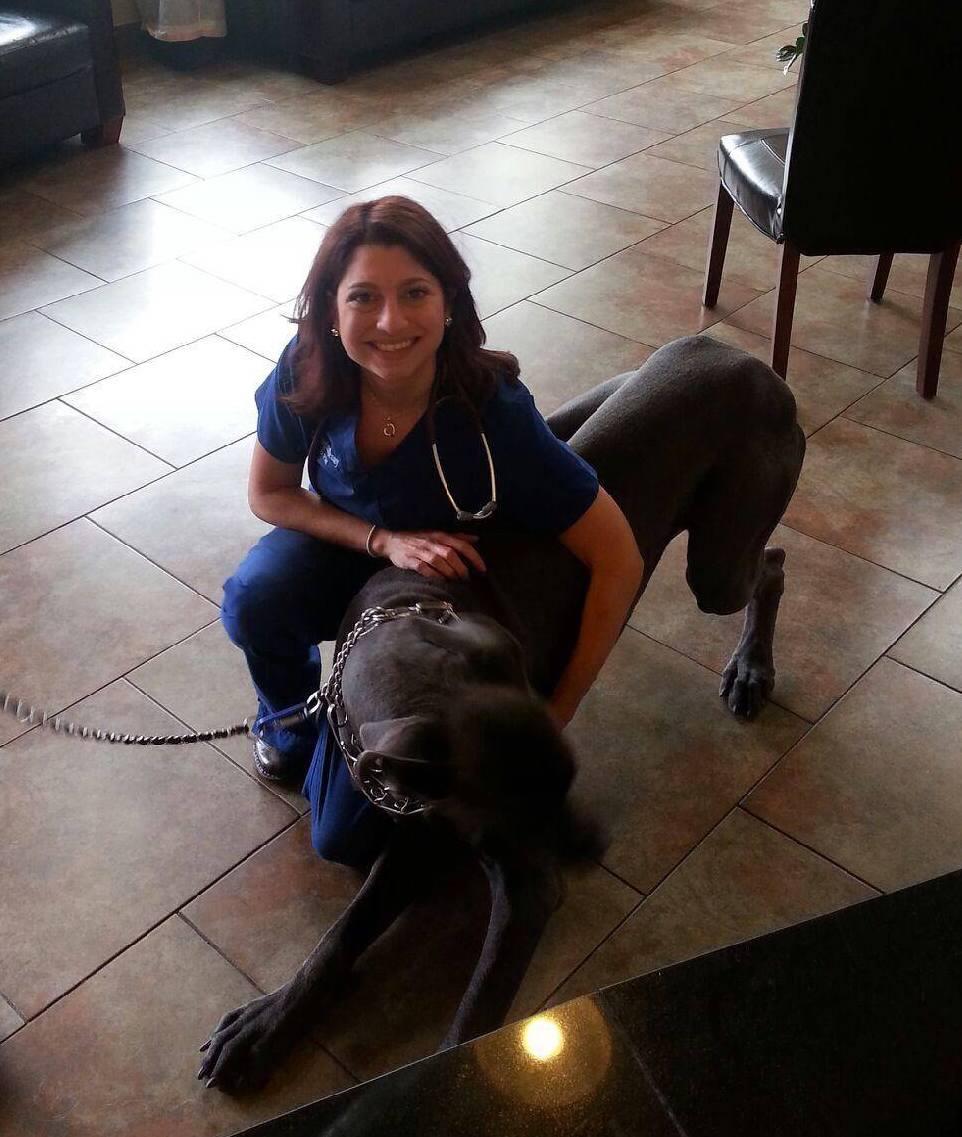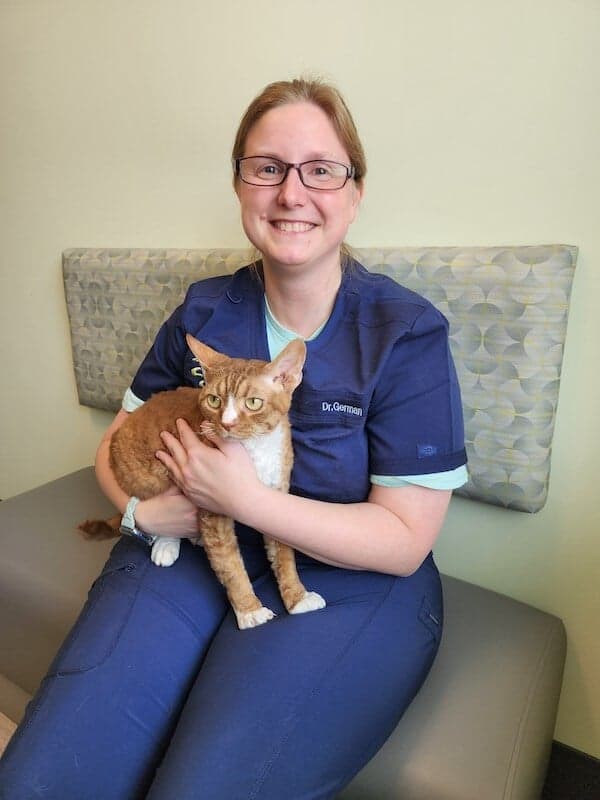Dog Anesthesia FAQs Answered by Veterinarians
What to Know About Anesthesia Before Your Dog Has Surgery
If your dog is scheduled for surgery and undergoing anesthesia, you likely turned to the internet to assuage your fears. We’re glad you found us, as plenty of misinformation floats around online from well-meaning but ill-informed people who fancy themselves a modern-day Dr. Google. At GeniusVets, we believe that pet care information should come directly from veterinarians, which is why we’ve taken frequently asked questions on anesthesia for dogs, sent these questions to renowned veterinarians across the U.S., and compiled their replies to get you the helpful information that you will help soothe your fears about your dog’s upcoming procedure.
While we've sourced all of the dog anesthesia information and recommendations below directly from leading veterinarians across the country, please make sure to seek out the advice of your veterinarian or find a trusted vet near you using the GeniusVets Directory.
What are the different types of anesthesia for dogs?
Anesthesia comes in a few different forms. We think about the initial and pre-anesthetic medications that we administer to calm the pet to help with pain management. There is also induction anesthesia, which brings that dog under anesthesia to be intubated and kept on general anesthesia, which is typically gas anesthesia. And that's delivered by an endotracheal tube. And the pre-anesthetic also helps them wake up more smoothly. By giving those multiple steps along the way, we can provide fewer drugs overall and then, in turn, make that safer for your dog.
When would my dog need anesthesia?
Dogs need anesthesia when they undergo surgery or any other painful procedure where we don't want them to feel that. It could be due to a wound repair if they need stitches, or it could even be dental procedures where we have to do x-rays and require them to have their mouth open for extended periods.
Are particular dog breeds more sensitive to anesthesia?
The ones most vets think about when it comes to sensitivity to anesthesia are your Sighthounds or Greyhounds. There is a problem that they can have hyperthermia with certain types of sedation or anesthesia. Then we also consider the smushed-face or brachycephalic breeds, like your English bulldog or Pugs, higher risk because of their breathing status before anesthesia. We don’t worry during the procedures as much because they're intubated with the tracheal tube. Still, then afterward, we must monitor the recovery of them breathing in their normal state.
What do I need to know before my dog goes in for an anesthetic procedure?
Most of the time, we will have performed a physical exam on your pet, assessing their risk and completing blood work. We're probably going to ask you to fast your pet, so withhold dog food overnight. You may or may not have the dog on medications prior if it's needed. If so, we'll talk to you about certain medications they need to be on.
What are some of the possible complications of anesthesia that my dog could experience?
When we are anesthetizing a pet, we're taking control of their breathing—we are controlling their heart rate and their blood pressure. So, those are all potential complications if they have any underlying diseases like kidneys, kidney disease, or heart disease, as those conditions would increase their risk.
What monitoring will be done by the veterinary staff to ensure my dog is safe while they are under anesthesia?
The monitoring is very similar to if you and I were to go in to have a procedure.
The things the veterinary team monitors when dogs are under anesthesia are:
- Heart rate
- Respiration rate
- CO2 levels
- EKG
We also have trained veterinary staff monitoring your pet physically, having their hands on them when needed, and monitoring their temperature because another risk is they can have a low temperature.
What do I need to watch for at home after my dog has had an anesthetic procedure?
We monitor the dogs immediately after sedation or anesthesia until they are recovered enough to go home. The dog might still be a little drowsy or drunk-like, so you want to keep them confined in a safe area where they can't fall off of something or hurt themselves. You also want to limit their activities with other pets, so they aren't overwhelmed by these pets welcoming them home. And there are certain procedures where we administer IV fluids, and so their bladder is going to be full, so they might not be able to hold their bowel movements quite as long.
Washington State University also shared some helpful information on pre and post dog anesthesia. If you have any further questions about your dog undergoing anesthesia, please reach out to your vet. Don’t have one that you trust? We can help you find a competent and compassionate local veterinarian!
The Following Veterinarians
Contributed To The Dog Anesthesia Information On This Page


The Ultimate Guide
to Dog Care
This free guide is an indispensable manual for dog ownership. Filled with veterinary advice and recommendations on every important topic at each stage of your dog’s life, this is all the stuff that responsible dog owners need to know. That is why we are making it free!





